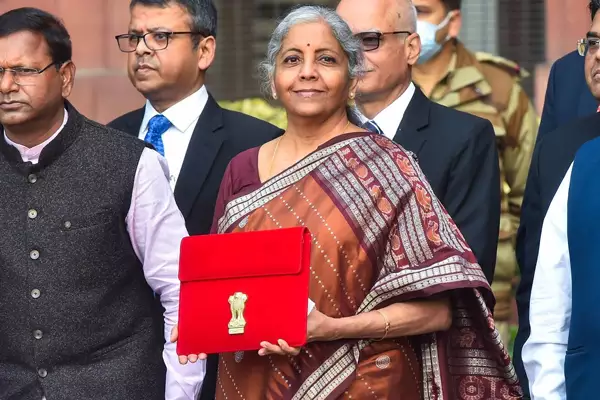The Union Finance Minister is set to present the Union Budget 2024.
Content
- Introduction
- Budget Components and Fiscal Framework
- Employment and Economic Policies
- Focus on MSME Sector
- Conclusion
- Frequently Asked Questions (FAQs)
Introduction:
- The Union Budget 2024 by the finance minister is anticipated amidst changing political dynamics.
- This budget session is critical as it follows substantial public dissatisfaction with previous economic policies, specifically addressing unemployment and the quality of employment.
- The budget is outlined as the Annual Financial Statement under Article 112 of the Indian Constitution, prepared by the Budget Division of the Department of Economic Affairs.
Budget Components and Fiscal Framework:
- The Budget encompasses expenditures, receipts, and deficit indicators, with various classifications influencing economic decisions.
- It reflects the government’s blueprint on planned expenditures, taxes, and other economic transactions impacting citizens’ lives.
- Understanding these components is essential for assessing the government’s fiscal strategy and its implications on the economy and public welfare.
Employment and Economic Policies
- The budget is expected to address unemployment through direct and indirect measures, with potential implications for programs like the Mahatma Gandhi National Rural Employment Guarantee Act (MGNREGA).
- Recent employment reports have shown high levels of underemployment and unemployment, especially among the educated youth, necessitating focused governmental action.
- There is an increase in primary sector employment and a contraction in secondary sector employment due to significant contractions in the unorganized sector, especially MSMEs.
Focus on MSME Sector
- The MSME sector, critical for employment generation, has faced challenges due to demonetization, GST implementation, and the COVID-19 pandemic.
- Support for MSMEs catering to domestic and low-income markets is crucial for broader economic stability and growth.
- Previous budgets have emphasized infrastructure and high-value production with low employment outcomes; the current budget needs to shift focus towards inclusive growth and employment generation.
Conclusion
The Union Budget should prioritize practical and inclusive economic strategies over mere rhetorical continuity. Enhanced allocations for social programs that intersect with economic policies could pave the way for a more equitable growth trajectory. Addressing the structural employment issues and focusing on sectors like MSME for domestic growth are crucial steps. The budget must align with both immediate economic challenges and long-term developmental goals to foster a balanced and inclusive economic environment.
Ref: Source
| UPSC IAS Preparation Resources | |
| Current Affairs Analysis | Topperspedia |
| GS Shots | Simply Explained |
| Daily Flash Cards | Daily Quiz |
Frequently Asked Questions (FAQs)
What is the Annual Financial Statement?
It is the formal name for the budget, outlined under Article 112 of the Indian Constitution, summarizing the government’s finances.
What does ‘deficit indicators’ refer to?
Deficit indicators show the difference between the government’s expenditures and receipts, highlighting the financial health and fiscal strategy.
What is meant by ‘inclusive growth’?
Inclusive growth refers to economic strategies that ensure benefits are distributed widely across society, improving overall economic and social well-being.



